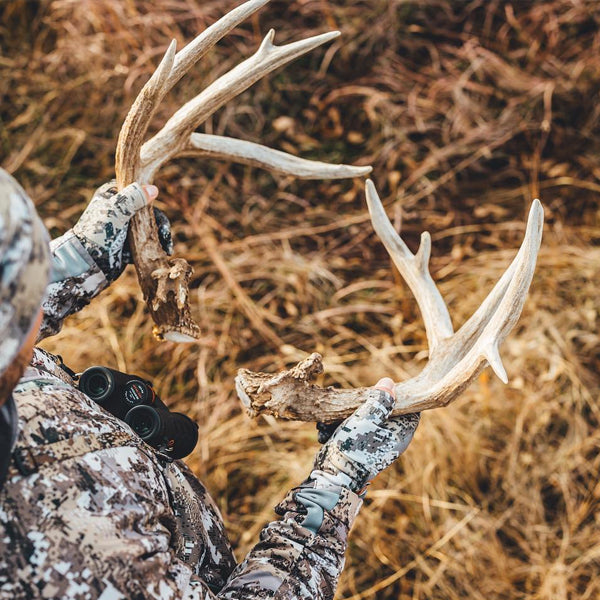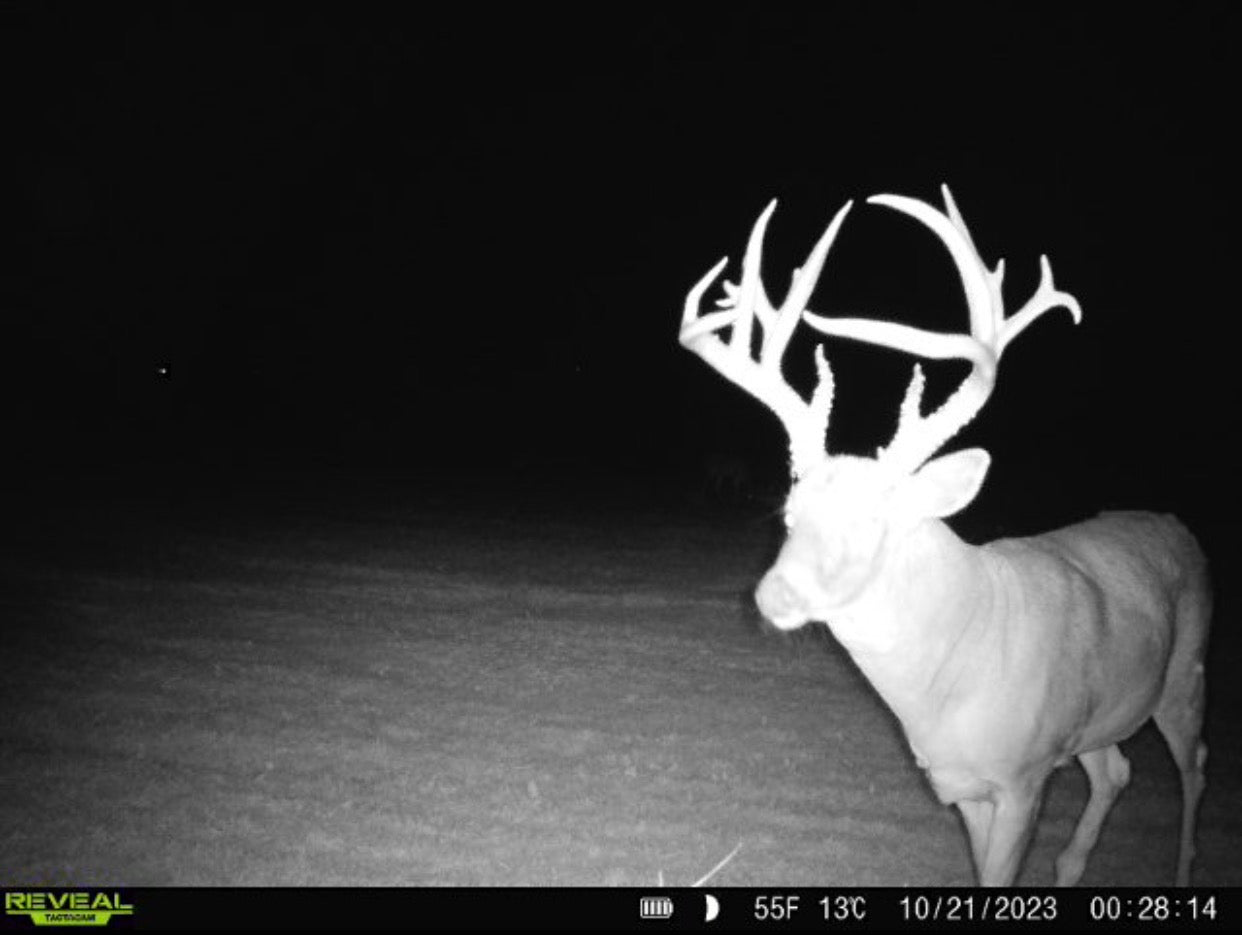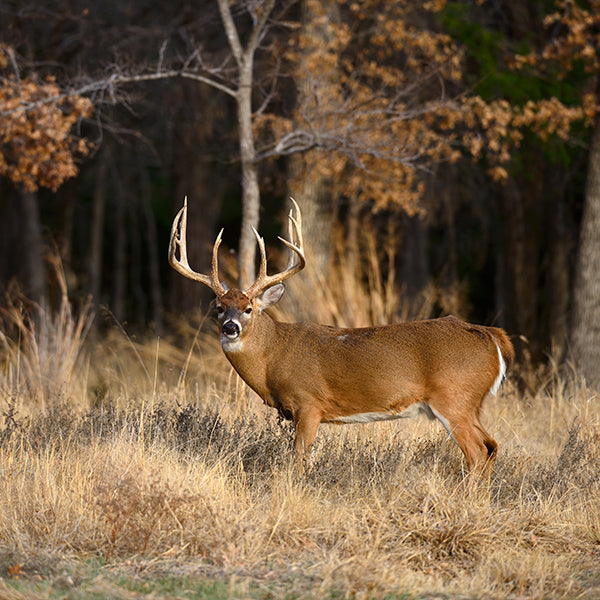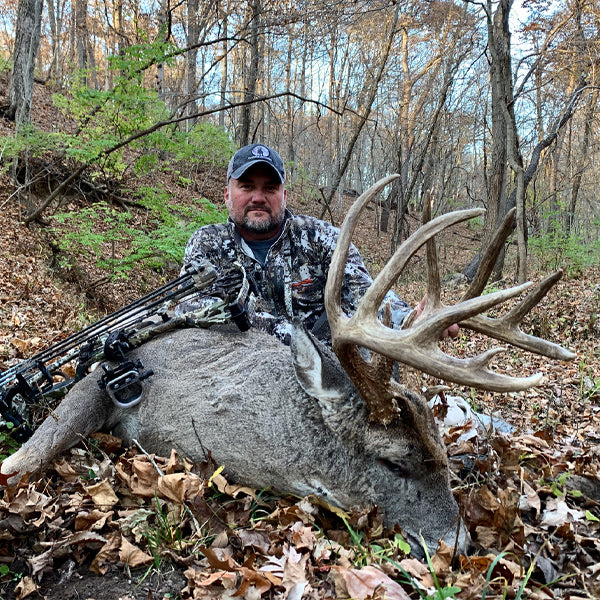
In a previous Monster Minute, we discussed shed hunting and how important it can be to locating a mature buck. If you find a good set of antlers, you know the buck has survived the hunting season. Where you find a bucks shed antlers can also give you a starting point to figuring out his home range. Once season ends, hunters should hit the woods searching for sign left behind by a giant buck. Shed hunting is my first step in locating a big old dominant buck to hunt, my second step will be trying to locate his core area. I honestly believe that a hunter can increase his odds tremendously if he will burn a little shoe leather in the off season locating a bucks core area. This week we will discuss what a core area is, where to look, what to look for and why it's important to find these spots.
What is a core area….
A core area is a central location where a buck is going to spend the majority of his time during daylight hours. This is a place where he feels secure and safe enough to bed down during the day while allowing him to detect predators before they know he’s there. This “sanctuary” is normally going to be the thickest cover in a given area, and except for the rut, a mature buck is going to use this cover on a very regular basis. Whitetails are creatures of habit, and a buck that has managed to survive 4 or 5 hunting seasons has done so because he has found an area that offers him the protection he needs, and he will use it year after year.
Where to find core areas…
Sometimes core area’s can be difficult to find. Remember, bucks need anywhere from 4 to 6 seasons before reaching antler maturity, therefore a great place to find a secretive buck that has managed to survive this long is going to be close to some type of sanctuary. Besides the obvious areas of thick cover, bucks will retreat to city limits, industrial parks, wildlife sanctuaries or even tracts of land that are off limits to hunters completely…anywhere they can hide without being seen or bothered once hunting pressure begins. Not only do older bucks try to avoid coming into contact with people, they will normally avoid the majority of the local deer herd also. Family groups of does will normally inhabit the best available cover, closest to the available food sources, so you need to look elsewhere for the dominant buck in a given area.
What to look for….
So you’ve done your post season scouting and located all the thickest pieces of cover on the property you’re hunting, how do you know which of these spots if any, are a bucks core area? Think about it for a second, a buck is going to spend the majority of his time in this cover, so he’s bound to leave some sign behind. If its a mature buck, he’s going to be leaving some big sign behind, so we are looking for large tracks and big rubs. Scrapes may also be present in a bucks core area, but it's hard to determine the size of a buck by the dimensions of a scrape. On the other hand, large tracks and big rubs are great indicators of a mature animal using the area. Concentrations of large rubs in and around thick cover are great clues that you are close to a big bucks bedroom!
Why is it important to find core areas…
This may sound very basic but remember, a mature whitetail is a master at the game of survival… the only way to beat him at his own game is to know what he’s going to do before he actually does it. What we are trying to accomplish by locating a bucks core area is very simple, we are trying to decipher a bucks travel pattern, and a bucks core area is a very important part of the big picture! A hunter can’t compete with a mature bucks keen senses, likewise, a mature buck can’t compete with the hunters mental capabilities to reason and out think his quarry…the mind is the hunters deadliest weapon. Once we know where a buck feels safe, we have a starting point to figuring out his travel patterns, and when we know this, we can begin to figure out where we need to be to kill him! Next week will will discuss travel patterns to and from the core area.



